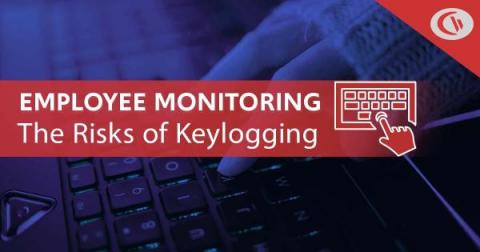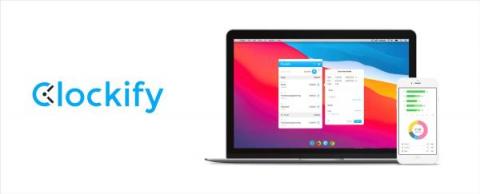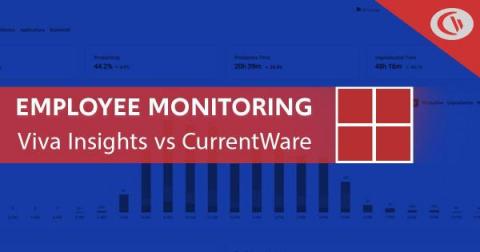Should You Use Keyloggers on Employee Computers?
Businesses are constantly analyzing tools that are available to help improve productivity and network security throughout their organization. Consulting with experts to help align on pieces of software and hardware that will come together to develop the most effective strategy is a process that should not be taken lightly. During this process, many businesses may conclude that keyloggers are an effective tool to help reach their organizational goals.











